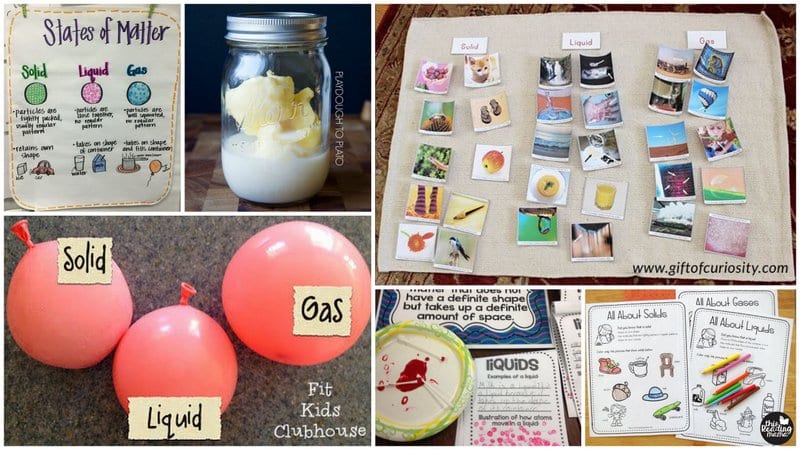

Understanding the various states of matter is one of the key concepts kids need for exploring chemistry and physics. These states of matter activities help them learn the physical changes that take place as matter converts from solid to liquid to gas. They’ll enjoy the hands-on aspects as they get to see science in action!
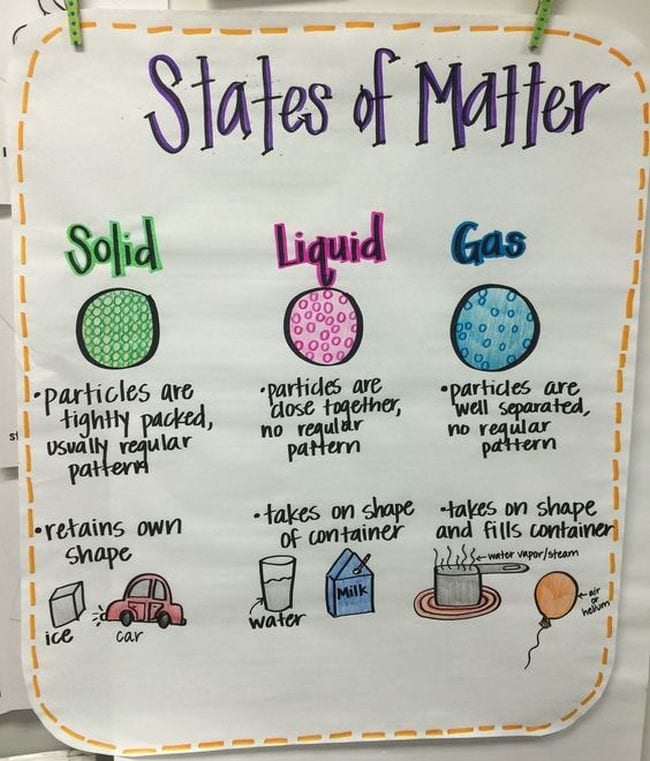
An anchor chart like this gives students something to reference as they learn the concepts and complete states of matter activities.
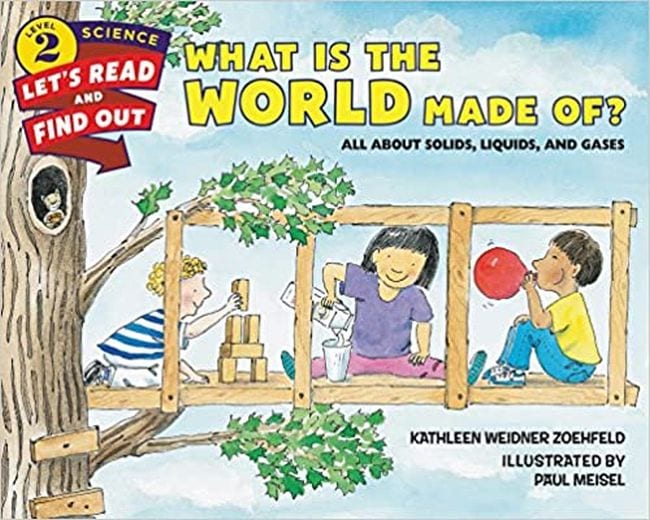
Read a book or two to introduce younger learners to the concepts of solids, liquids, and gases. Here are a few of our favorites to try.
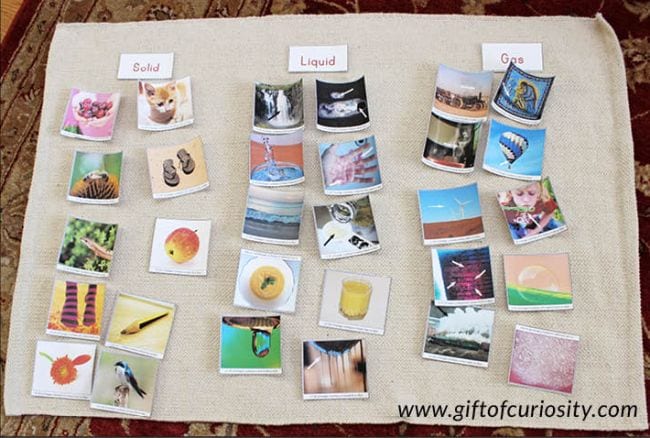
Grab the free printable cards at the link, or cut pictures out of magazines. Then have kids sort them by states of matter.
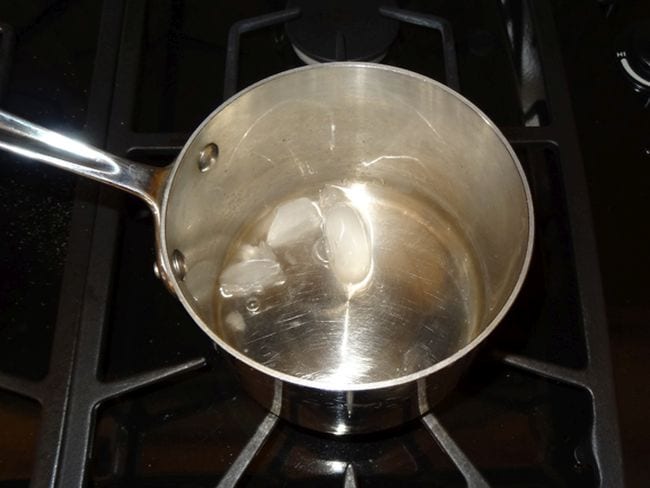
All you need is water for one of the easiest states of matter activities. Start with ice cubes, melt them down to water, then bring them to boiling to watch steam form.
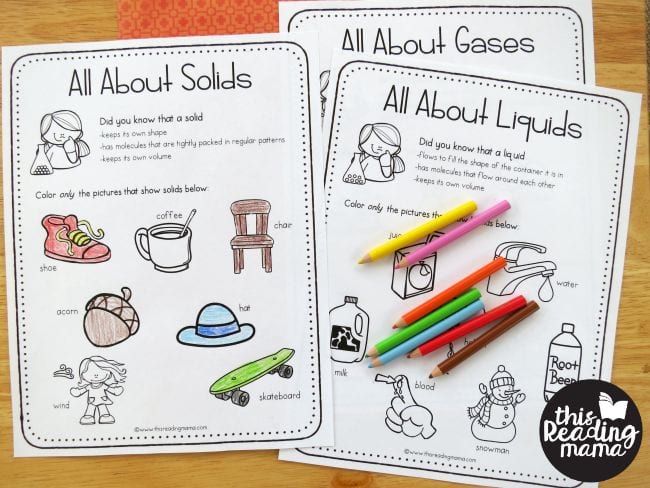
Kids who love to color will enjoy these free printable worksheets. As they color in the pictures, talk about the differences between the states of matter.
ADVERTISEMENT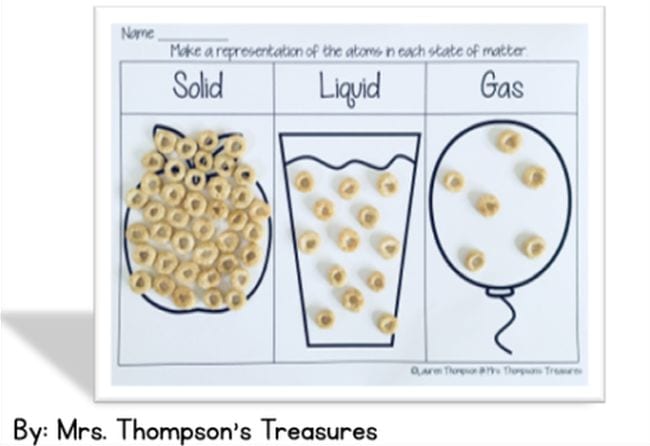
Use Cheerios (or M&Ms, or raisins… you get the idea) to diagram the action of atoms in the various states of matter. Snack on the “atoms” when you’re done!
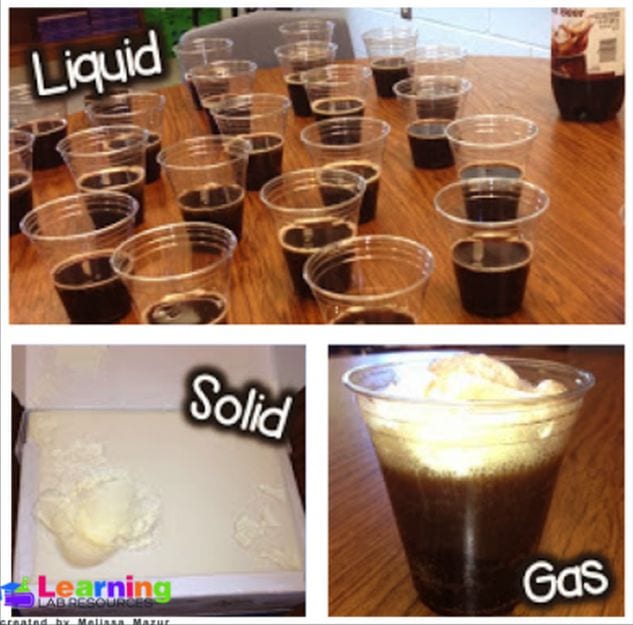
Speaking of delicious science, root beer floats are one of our favorite states of matter activities! We guarantee this one will be a hit.
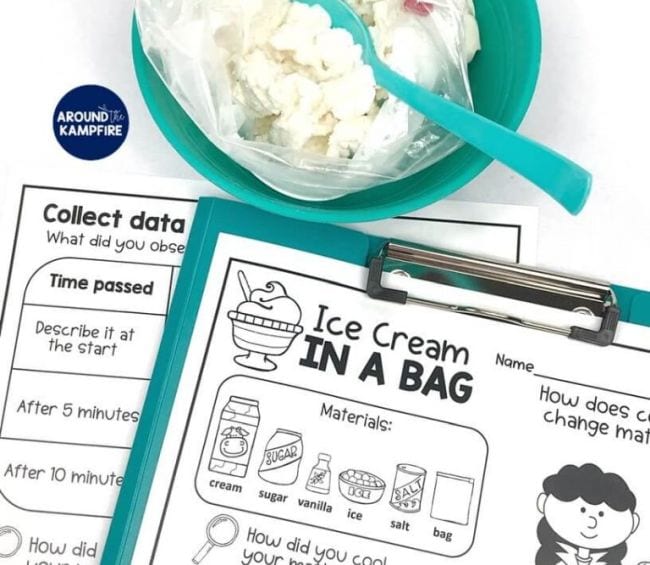
If you’re really feeling ambitious, make your own ice cream for the floats! It’s a fun way to explore the change from liquid to solid too.
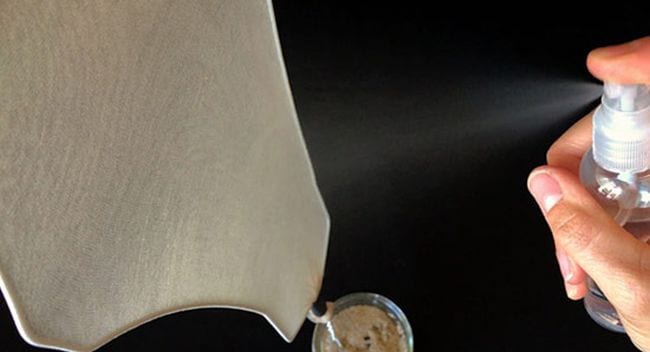
Simulate fog by spraying water from a bottle. Use a piece of nylon stocking to catch the fog and turn it back into water.
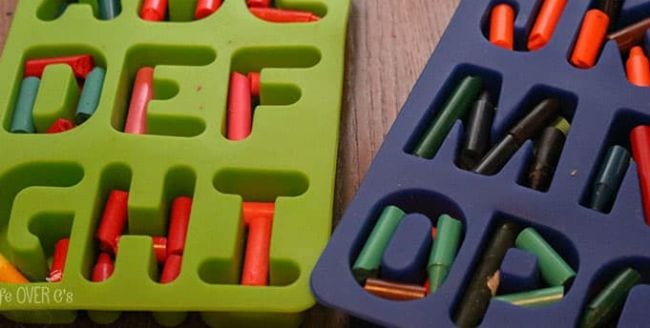
This experiment explores the change from solid to liquid and back again using heat. And at the end, kids have “new” crayons to color with!
Learn more: Life Over Cs
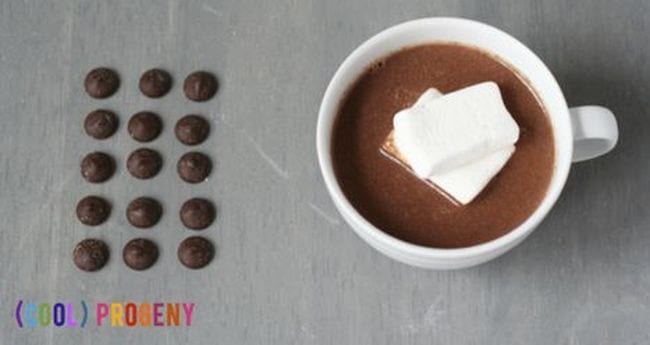
Ready for another edible experiment? Hot chocolate is a cool way to explore the states of matter. (Don’t forget the solids: marshmallows!)
Learn more: Cool Progeny
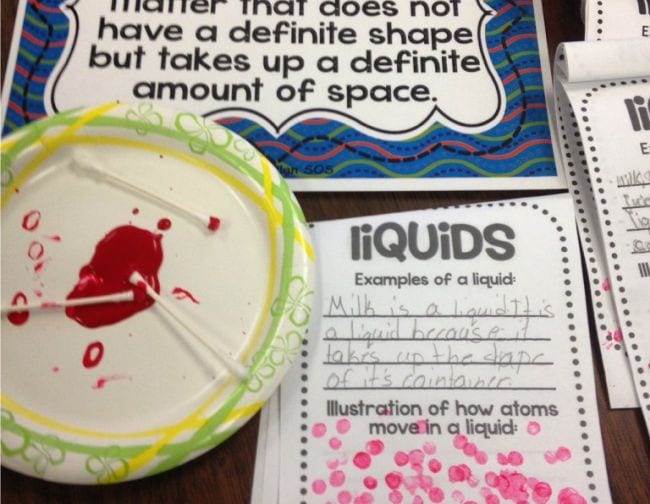
Use cotton swabs dipped in paint to make illustrations of how atoms move in solids, liquids, and gases.
Learn more: Inspire Me ASAP
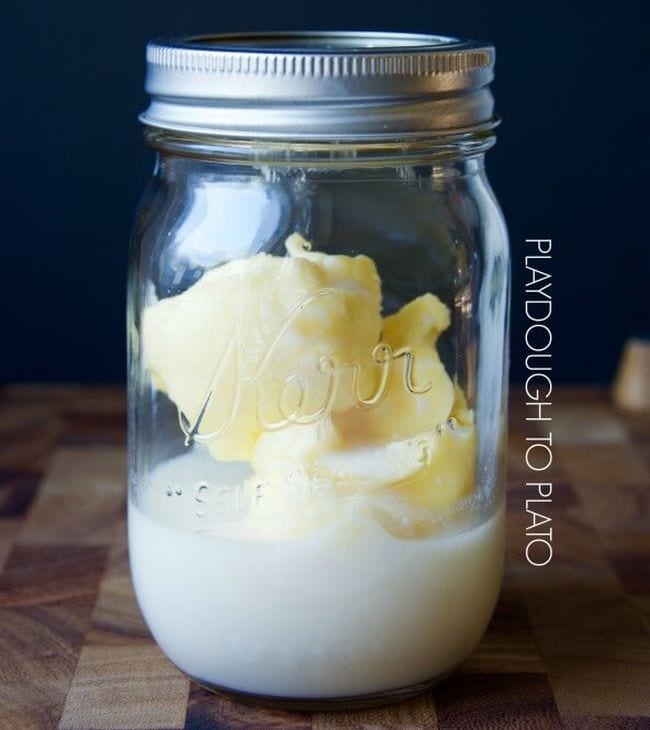
This experiment not only explores solids and liquids, but also the process known as emulsion. You get double the science, and a yummy treat!
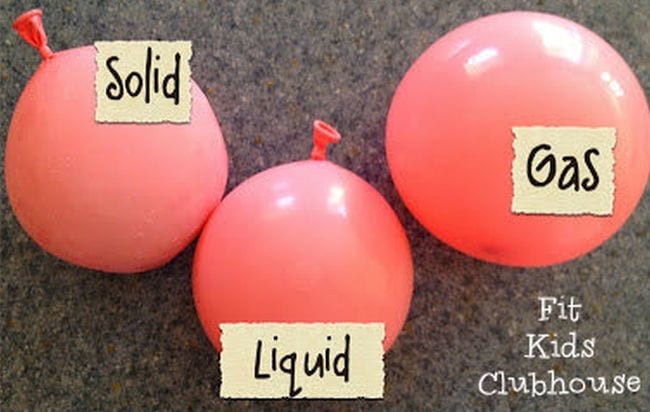
Fill balloons with water (liquid and frozen) and air, then talk about the properties of each. This is a good way to prove that gas is there, even though you can’t always see it.
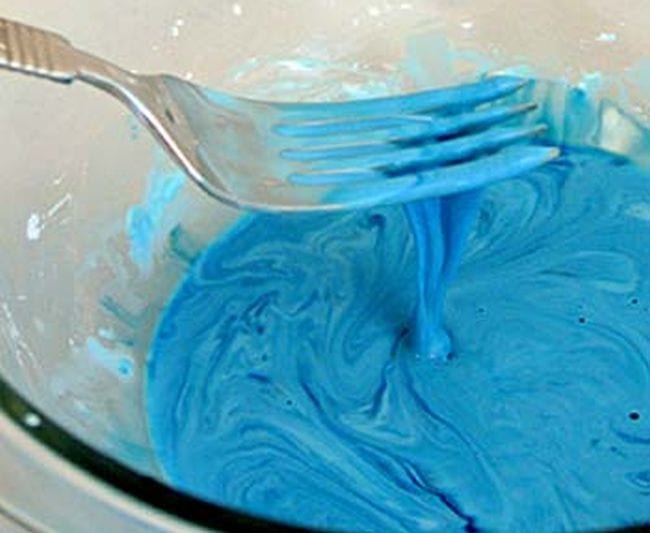
Just when kids think they understand the states of matter, along comes a non-Newtonion fluid like oobleck to confuse matters! This is one science demo that never fails to amaze.
Like these state of matter activities? Try these 28 Edible Science Experiments You’ll Actually Want To Eat.
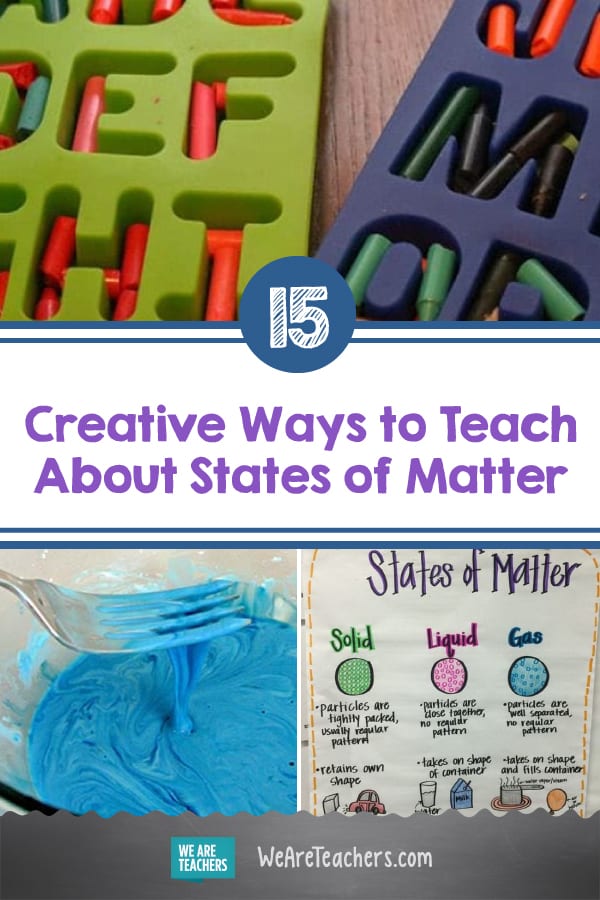
Share this article
From Make-a-Change Monday to Fun Fact Friday, you'll have an easy to remember, engaging routine for every day of the week.
Jill Staake is a Contributing Editor with We Are Teachers. She holds a B.S. degree in Secondary English Language Arts Education and has taught in both middle and high school classrooms. Her background also includes vocational training and performance support, curriculum design and development, and museum education. She’s written hundreds of articles across the web on a vast array of educational topics including her top passions: reading, writing, and science. You can reach her at jill.staake@gmail.com.